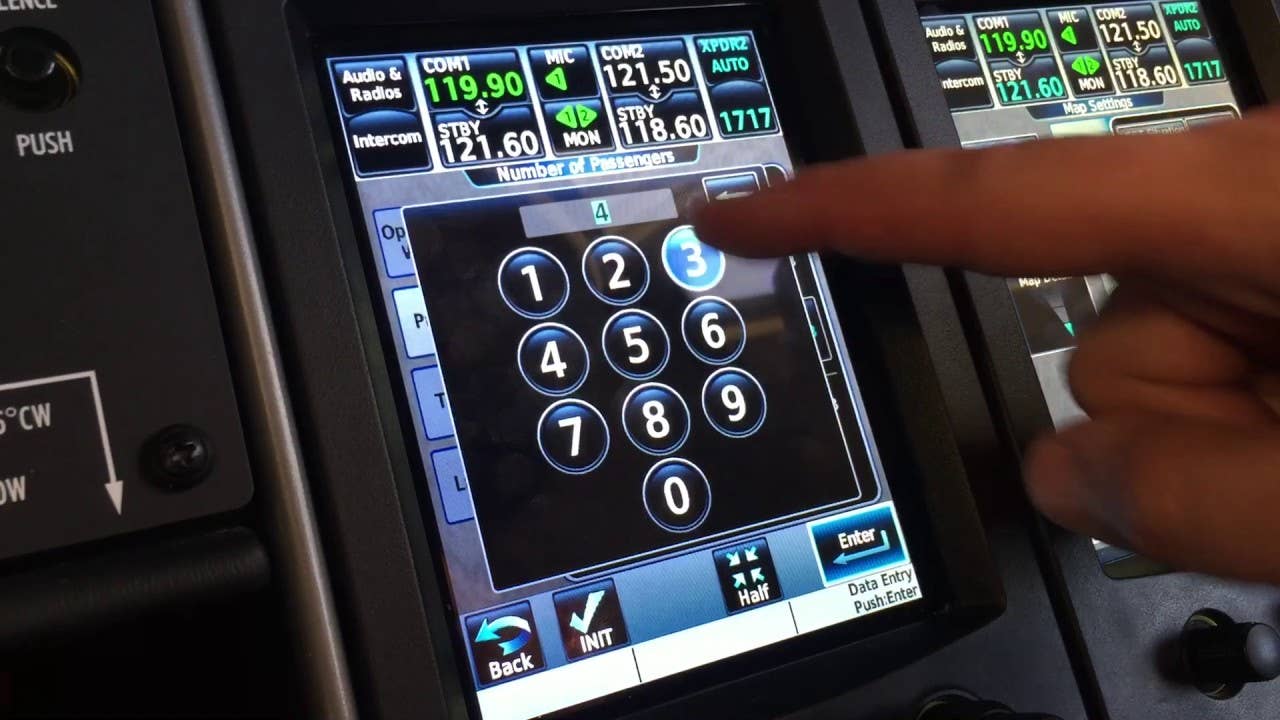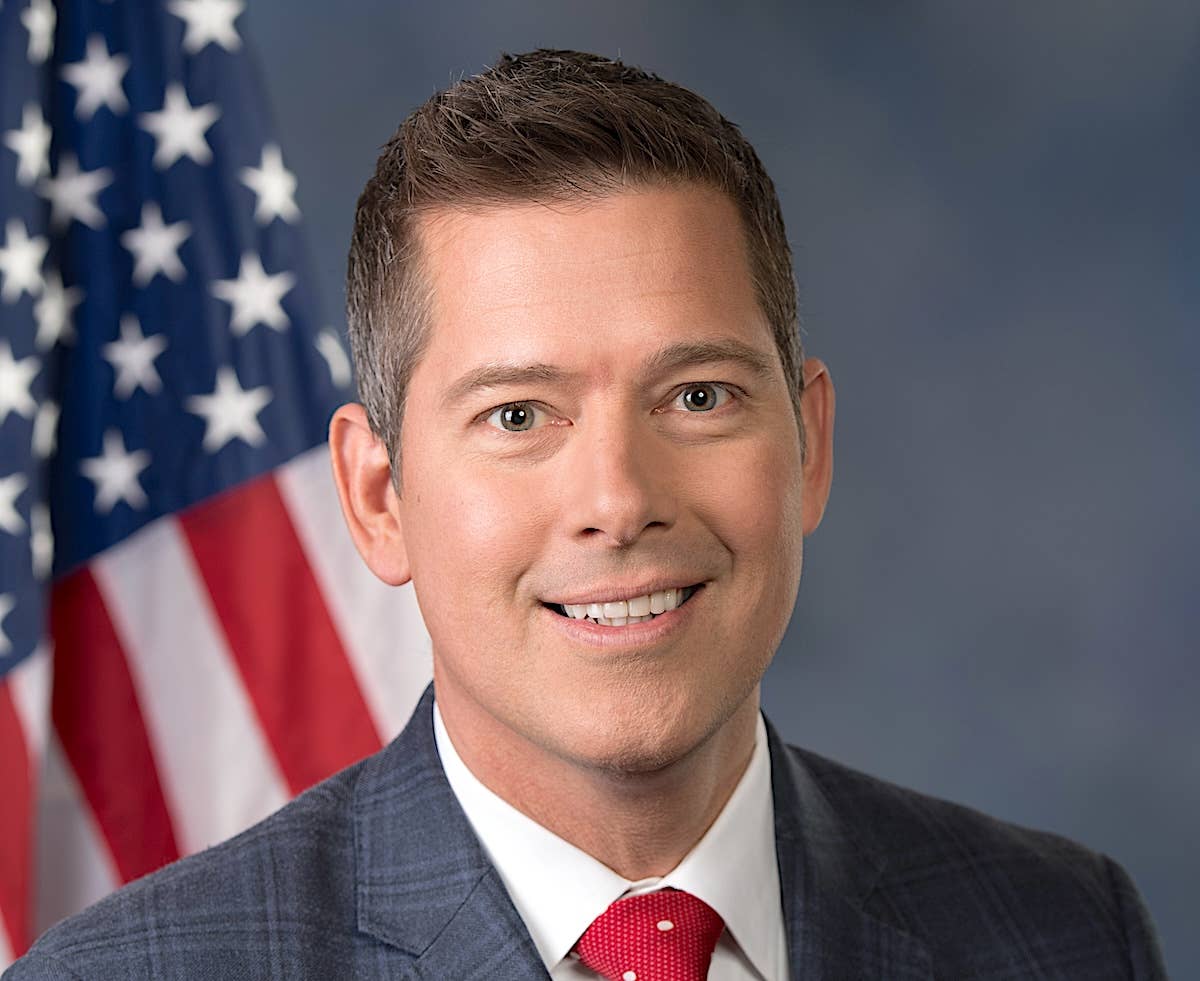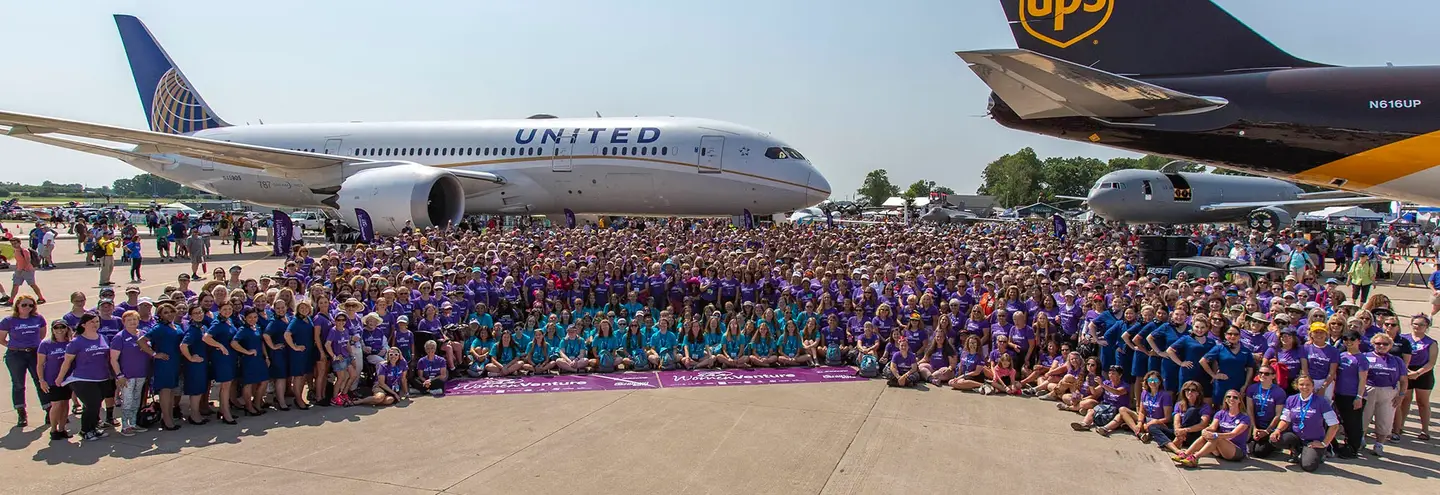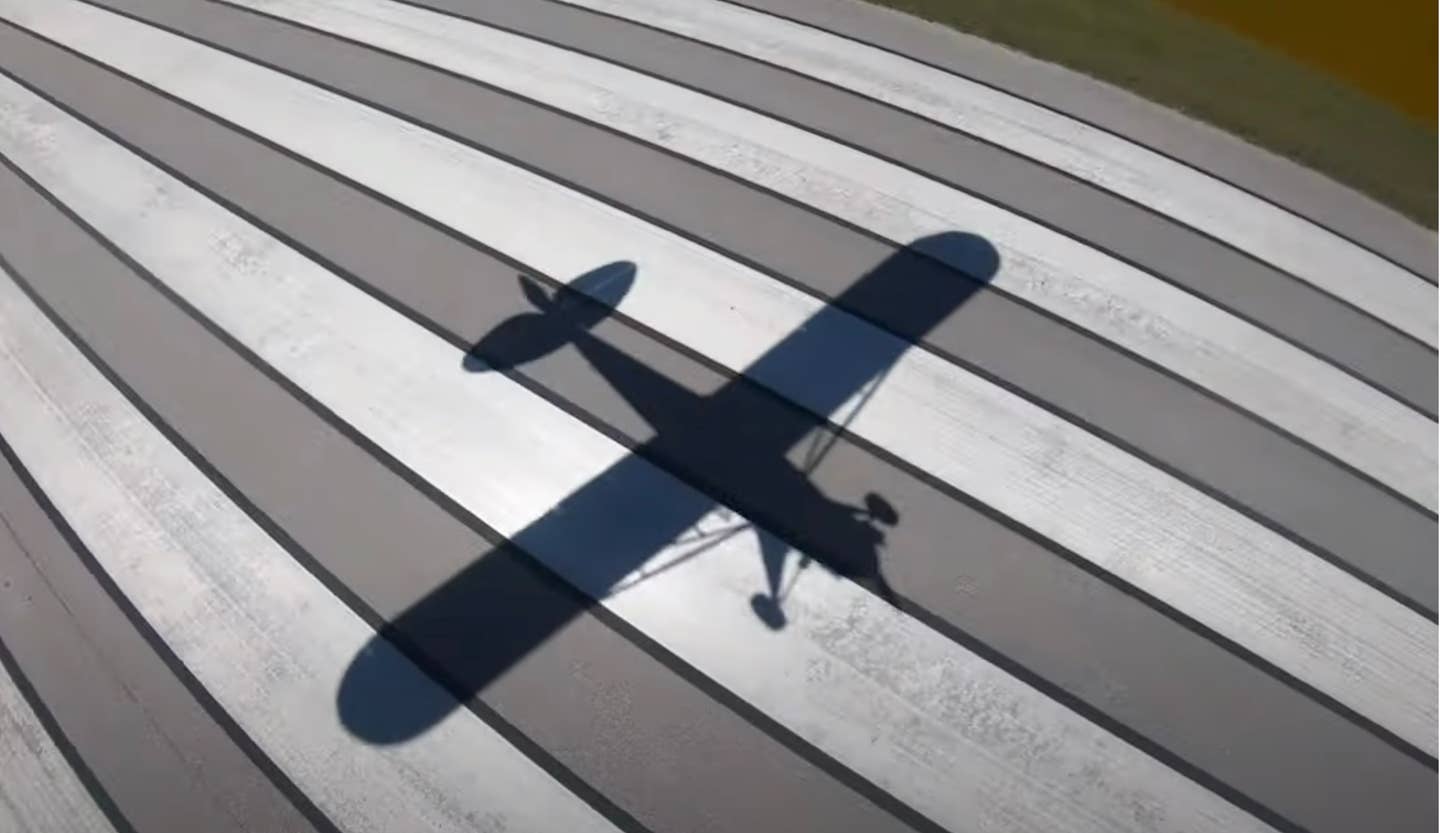Bad For Aviation One More Time
Old airplanes are quite the charmers, but the future will be populated with things that are a lot easier to fly. Eventually, we’ll need to embrace that.

One of my favorite lines (of many) in the Vietnam-era film Full Metal Jacket is uttered when the colonel is jacking up Private Joker: “… inside every VC there is an American trying to get out. It’s a hardball world, son. We’ve gotta keep our heads until this peace craze blows over!” I’ve cleansed the racial slur used in the original, but you get the point.
It’s a deliciously cynical send up of the idea that Americans think everyone wants to be like us, yearning for Jeffersonian democracy and a three-bedroom rancher in the burbs. The utter ludicrousness of it is what makes the humor work. In general aviation—and I know you were wondering how I was gonna connect this—we suffer from a similar chauvinism.
Why, we’re sure if we can just get people into airplanes for even a brief ride, they’ll lose themselves in the sheer wonder of flight and flock to the local flight schools in droves because inside every ordinary Harold Stooldrear is a pilot trying to get out. The assumption is just as absurd as the colonel’s pep speech because the reality is that piston GA exists in Joker’s duality: a slowly diminishing fleet of legacy airplanes opposite a small number of new aircraft few but the wealthy can afford. Year after year, to sustain themselves, manufacturers are mining an exceedingly thin vein of wealth whose sustainability is unknown. Oh, the wealth is growing, all right, but the industry’s efforts to divert it into new airplane sales have yielded survival, but not meaningful growth.
To be fair, the pilot population has grown and mostly since it hit rock bottom at around 584,000 in 2016. According to FAA data, the total pilot population was at 691,691 in 2020. But that’s largely on the strength of student pilots. Good, you might say, but the graduation rate hasn’t kept the private pilot total from reaching an all-time low of under 161,000 in 2020. At least all those students have kept the decline from being steeper. Both commercial and ATP ratings are up slightly. Many of these are foreign students.
For new airplane sales, the gains come in the two digits and any sane person in the industry has long understood this isn’t a mass market. Whether it can be is debatable because builders of cars, boats, motorcycles, golf clubs, beer and breakfast cereals are facing similar headwinds puffed up by a generation that’s just not into this kind of stuff. On the other hand, an extra 500 airplanes a year would be robust growth.
Is there anything that might change this? From the pipe dream file, some imagine that an explosion in 3D additive manufacturing will drive airplane prices to a fraction of their current level. I don’t expect to see this, sorry to say. Your grandkids might, if Elon Musk hasn’t flown them all off to Mars.
There is one other thing: SVO. Huh? Simplified Vehicle Operation. I recently spent an afternoon with a friend who’s in management for a major airframer and almost at the same instant, we got around to asking each other about this idea. It hasn’t gotten a lot of coverage but deserves to because it represents the inevitable advance of cockpit automation that will require less traditional knowledge of flying—call that stick and rudder if you like—and more systems management and simplified operation and decision making.
This shouldn’t sound new. Pilots of technically advanced aircraft have been doing exactly this increasingly with each new generation of avionics. To the extent that this tilt toward automation has evolved training, it really hasn’t. The ACS adds the requirement to demonstrate knowledge of and competence with these systems, but fundamental training remains largely unchanged.
If SVO gains traction—and it inevitably will even if it’s not called that—what evolves into the ACS of the future won’t look like what we have now, unless we somehow manage to sabotage it. At a news program with NBAA last year, Garmin’s Dustin Kilgore said this: “SVO is really about applying technologies that can perform better and more reliably than pilots. We view SVO as a framework that allows automation and technology to either replace or reduce the pilot training required to safely and efficiently operate an aircraft.”
Drawing your attention to “replace or reduce … training,” that’s the fuzzy outlines of a road toward making flying far less complicated for the pilot than it is now. Yeah, it’s robotic flying. Traditionalists will howl, but traditionalists have run out of ideas to grow pilots and build more airplanes for them to fly. Eventually, there could be a specific rating for SVO, says GAMA’s Lowell Foster. “If you get an SVO license, there’s no expectation that you have to be proficient to fly a regular airplane,” he said at the NBAA event. Given the reactionary hidebounded nature of GA, it’s impossible to say how long such an evolution might require. It will take younger executives to drive it, I suspect. If you graduated before 1990, you may not be relevant.
Speaking of relevancy, what got me thinking about this, in addition to the conversation with my friend, is a comment someone made on the video I did about hand propping. He mentioned that he had flown Cubs where I did, too, at College Park, Maryland. He said he never could make friends with the J-3; just couldn’t figure it out. And he thought that was bad for aviation. I concede the point. Old airplanes, and especially the J-3, force you to conform to their oddities and inadequacies and around this we sometimes erect the artifice that this makes them good training airplanes. They have character and personality.
Maybe. But probably not. If I were doing a Young Eagle flight to introduce a kid to the wonder of lift and had the choice of a modern LSA with a little glass in the panel or a Cub, I’d take the former. It has more to do with the future said kid is likely to encounter than a crotchety ragwing designed when Franklin Roosevelt was president. Say what you will about a Cub teaching the use of rudder, in the aircraft of the future, this skill will be a creaky anachronism and well it should be. We’re at the point of asking will the kid on a first flight be more smitten by the smell of stale dope, hot oil and a 95 dB noise level or the glimpse into the future that a modern panel represents? It’s not necessarily either or because there will always be a place for the charm of old airplanes. They will always coexist peacefully with what’s coming. But they won’t be the thing that propels the growth we all seem to want.
As the Pogue Colonel said, we’ve got to get with the program and take it in for the big win. (Eventually.)






